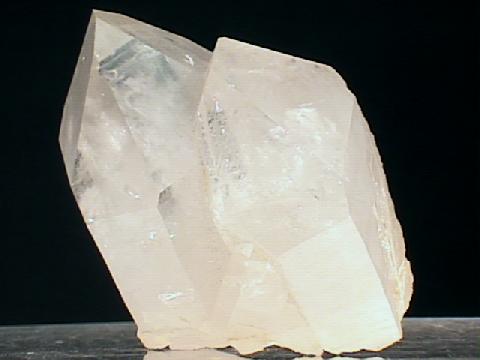Quartz: Quartz, widely distributed mineral of many varieties that consists primarily of silica, or silicon dioxide (SiO2). impurities such as lithium, sodium, potassium, and titanium may be present.


Quartz is the most common mineral on the face of the Earth. It is found in nearly every geological environment and is at least a component of almost every rock type.


Quartz is a very common mineral, a chemical compound of silicon and oxygen, silicon dioxide SiO 2, commonly called silica.. If pure, quartz is a colorless, transparent, and very hard crystalline material of glass-like look.



Quartz is a mineral composed of silicon and oxygen atoms in a continuous framework of SiO 4 silicon–oxygen tetrahedra, with each oxygen being shared between two tetrahedra, giving an overall chemical formula of SiO 2.
Interactive guide to hundreds of rocks and minerals.

Minerals are not equivalent to rocks. A rock is an aggregate of one or more minerals or mineraloids. Some rocks, such as limestone or quartzite, are composed primarily of one mineral—calcite or aragonite in the case of limestone, and quartz in the latter case.
Quartz is one of the most abundant minerals, and as a major constituent in many rocks it is an important rock-forming mineral.It is estimated that about 12% of the mass of the Earth’s crust is made of quartz.
A group of sheet silicates that can be parted into flexible or brittle sheets. Includes the True Micas and the Brittle Micas. Also known as the ‘mica family.’
Detailed properties and locality information guide on the mineral quartz, including rose and smoky.
Chlorite is a general name for several minerals that are difficult to distinguish by ordinary methods. These minerals are all apart of the Chlorite Group of minerals. The chlorites are often, but not always considered a subset of the larger silicate group, The clays.

